Top 10 Medicinal Herbs to Grow In Your Garden
When most people think of gardening, they think of growing fruits and vegetables. However, there are many other plants that can be grown in a garden that have medicinal properties.
Many herbs have been used for thousands of years to treat numerous problems and conditions. By growing your own medicinal herbs, you can ensure you have access to these powerful remedies whenever you need them.
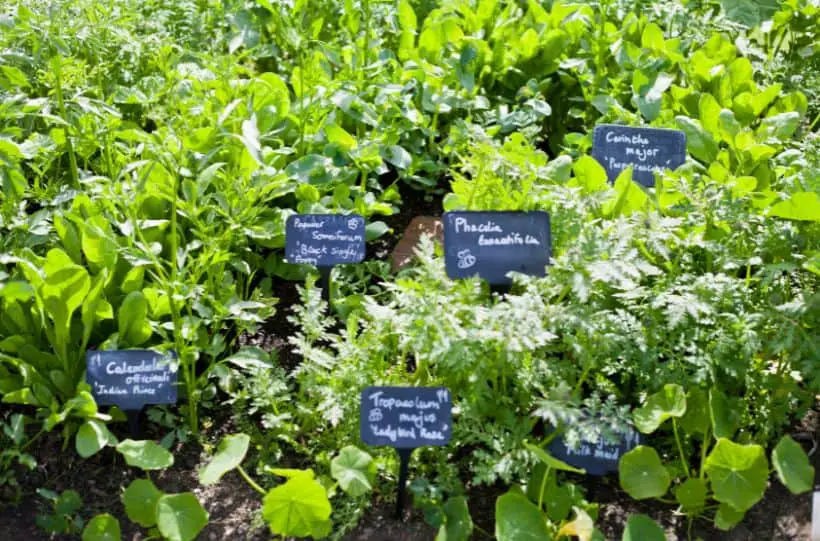
This article highlights some of the best medicinal herbs you can grow in your backyard and their benefits.
1. Chamomile
Chamomile has been in use as a soothing herb for thousands of years. People take chamomile tea to reduce anxiety and ease stomach upsets.
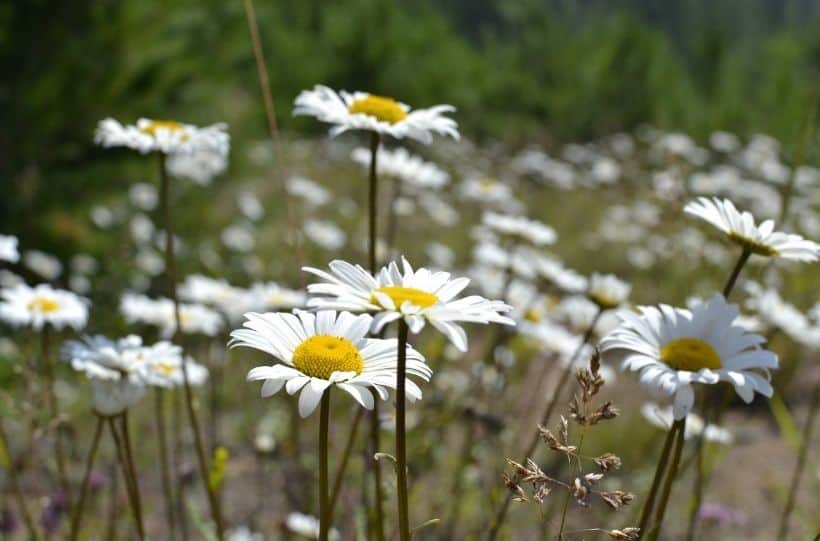
Medicinal properties
Promotes digestive health – According to healthline.com, chamomile has anti-inflammatory properties that help to settle upset stomachs. It also helps to prevent stomach ulcers and treats digestive problems (such as gas and nausea).
How and when to grow Chamomile
Chamomile belongs to the daisy family and grows well in raised beds and containers. The herb loves the sun but can also thrive in partially shaded places.
The best time to start growing chamomile is late spring. Ensure the soil is well-drained before planting. The plant can grow up to 2 feet tall. Harvesting is done once the buds are fully open.
2. Sage
Sage is one of the aromatic members of the mint family. For years, sage leaves were used for medicinal, spiritual, and culinary purposes. Sage tea was used to enhance memory in medieval Europe.
Medicinal properties
Sage contains many vitamins and essential minerals including Vitamins K and B6, manganese, calcium, iron, protein, carbs, and fat.
There are over 160 chemical compounds (polyphenols) that act as antioxidants in the sage plant. These compounds help in enhancing the brain’s functions and in reducing the risk of getting cancer.
Other uses
Sage contains compounds that help in alleviating diarrhea and fighting skin aging.
How and when to grow sage
Sage should be planted in slightly acidic and well-drained soil. Start your bed in late spring and give the plant access to full sunshine.
3. Lavender
Like Sage, lavender is among the most fragrant herbs on this list. It is a celebrated herb. You are likely to come across beautiful lavender farms in different states in the summer.
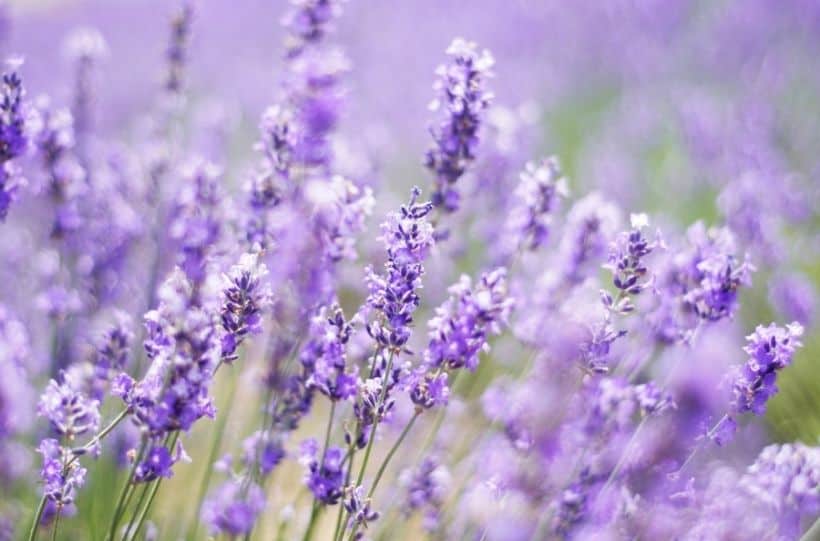
The cultivation of lavender dates back thousands of years when it was used as a holy herb because of its distinct, sweet smell. Today, lavender is used for therapeutic, culinary, and medicinal purposes.
Medicinal properties
According to a study made in the British Association of Critical nurses, lavender (in form of essential oil), was found to be effective in enhancing the sleep quality of patients in the intensive care unit.
Lavender also contains anti-inflammatory compounds and can also be used to treat skin blemishes such as eczema and acne.
How and when to grow lavender
Plant lavender after the frost is over and after the soil is warm enough. Lavender plants grow tall (between 1 to 3 feet depending on the variety). When harvesting lavender, cut the stems when the flowers have opened and cure them well.
4. Rosemary
Rosemary is well known as a condiment in the culinary world. Its aromatic nature also makes it an important ingredient in the manufacture of perfumes and essential oils.
Medicinal properties
Rosemary is a good source of vitamin B-6, calcium, and iron. It has anti-inflammatory elements and antioxidants that can boost your immune system and improve digestion.
According to PubMed Central, rosemary has compounds that slow the spread of leukemia and cancerous carcinoma cells. It also helps to prevent brain aging and the chances of developing a stroke.
How and when to grow rosemary
Rosemary is an easy herb to grow. Ensure the soil is well-drained and the area receives several hours of sunshine daily. Harvest continually as the plant grows by picking small branches of the herb.
5. Basil
Basil is a common ingredient in many culinary cuisines around the world. It has a distinctive savory and sweet flavor that makes it useful in the preparation of salads and other unique dishes.
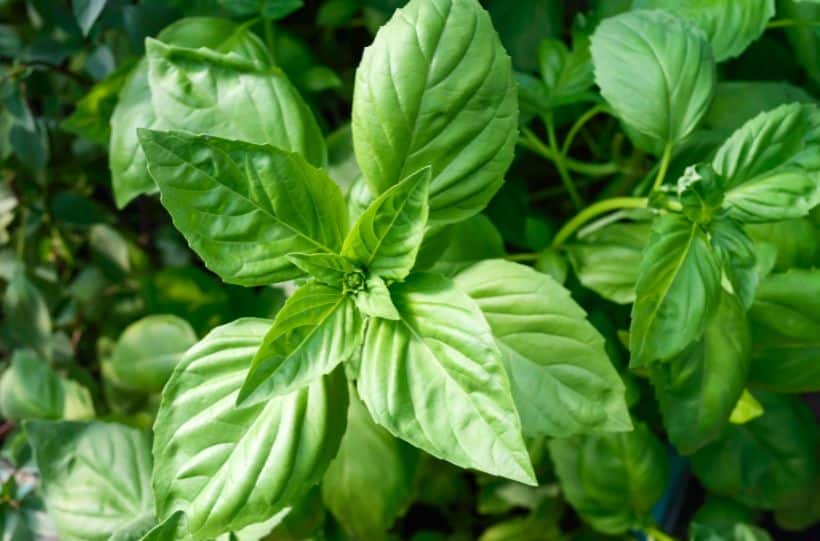
Medicinal properties
Basil contains several antioxidants. According to PubMed Central, Basil has properties that aid the body in fighting diabetes, cancer, arthritis, and heart diseases. It can also help to alleviate stress and boost mental health.
How and when to grow Basil
Like most herbs on this list, basil grows well in sunny areas and the soil has to be well-drained. Basil is very sensitive to the cold and cannot survive the frosty conditions of winter. When harvesting basil, harvest the leaves or the flowering part of the plant before the buds start forming.
6. Thyme
With over 400 subspecies, thyme is one of the most underrated herbs ever. It was traditionally a common feature in ancient Greece where it was used as an incense.
It was used as an embalming herb in ancient Egypt. Today, thyme is popular in the culinary world because of its rich minty flavor.
Medicinal properties
Thyme as a medicinal herb has many uses including lowering blood pressure, helping the body fight against cancerous cells, fighting skin blemishes (such as acne and eczema), boosting body immunity, and as a disinfectant.
How and when to grow Thyme
Once the frost has passed and the soil has warmed up, thyme seeds can be planted directly onto well-drained, slightly acidic soil. When harvesting, pluck the leaves and use them as needed. If well taken care of, thyme is a perennial herb.
7. Peppermint
Because of its fragrance, peppermint has a variety of uses including the manufacture of scents, mouthwashes, soaps, essential oils, cosmetics, and adding flavor to food.
Medicinal properties
Peppermint was traditionally used to alleviate ailments including diarrhea, nausea, indigestion, gas, common cold, and muscle pain. Some people take peppermint tea to help with anxiety and settle the stomach.
How and when to grow peppermint
Peppermint can be grown indoors or outdoors. When growing outdoors, wait until late spring when the frost has passed. You can harvest peppermint two to three times every season. Harvest before the plant starts flowering by snipping the flowering section or plucking individual leaves.
8. Calendula
Also known as Pot Marigold, calendula’s golden orange flowers have been used as ornaments in Hindu temples for thousands of years.
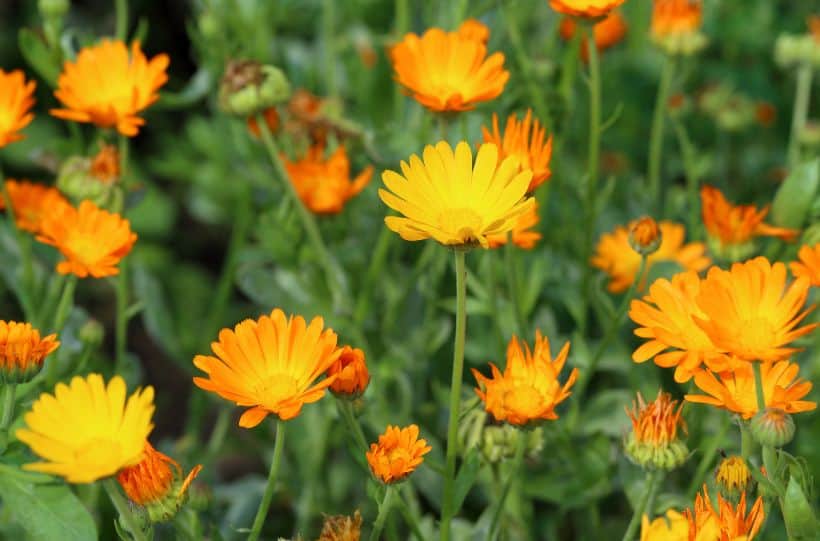
The herb contains properties that make it an important culinary and medicinal plant. It was used as a flavoring ingredient in salads, rice, and other dishes in ancient Asia.
Medicinal properties
Calendula contains numerous antioxidant and anti-inflammatory compounds. Calendula is used as a pain reliever, in the treatment of wounds, to prevent muscle spasms, relieve menstrual pain, and in the treatment of nose bleeding.
How and when to grow Calendula
Calendula can be grown from seeds directly in the garden. The plant loves the sun and well-drained soil.
9. Aloe Vera
Aloe vera is a well-known medicinal herb because it has been used to treat various ailments for many years. The gel from the plant is extracted to make creams, soaps, and many other products.
Medicinal properties
Aloe vera gel soothes the skin and acts as a moisturizer. According to PubMed Central, aloe vera is used to treat burns and alleviate pain and skin irritations. It can also be used to treat skin blemishes – such as acne.
Once ingested, aloe vera extracts help in the treatment of irritable bowel syndrome and settle upset stomachs.
Aloe vera is also used in dental care to kill bacterias that lead to tooth and gum decay.
How and when to grow aloe vera
Aloe vera is a desert species. The herb does well in slightly-dry, well-drained zones. Too much exposure to moisture will cause root rot.
Plant when the soil is warm and expose the herb to several hours of direct sunshine daily. When harvesting aloe vera, snip off the leaf and use the sappy gel inside.
10. Lemon Balm
Lemon balm is a member of the mint family in the same category as lavender, oregano, and rosemary. The leaves have a characteristic lemon favor. This aroma makes it an important ingredient in the culinary world.
Medicinal properties
When ingested in tea or food, lemon balm has a soothing effect. Lemon balm is also used to treat anxiety, improve indigestion, treat cold sores, and alleviate dementia.
How and when to grow Lemon Balm
Lemon Balm loves the cold weather. You can sow the seeds in late summer to be well established before the cold season comes knocking. When harvesting lemon balm, pinch off the leaves using a garden pruner.
And for more herb-growing info, be sure to read these articles next:
